A Keshi Pearl: What Is It, Origins & Characteristics

Are you familiar with Keshi pearls?
These unusual and captivating jewels are taking the jewelry world by storm thanks to their exceptional qualities and extraordinary background.
As an expert in fine jewelry, I can't wait to tell you all about this hidden gem adored by fashion-conscious consumers and collectors.
Keshi pearls are natural wonders named after the Japanese word "Keshi," which means "poppy seed."
They're a type of organic jewel created unintentionally as a byproduct of pearl farming.
Unlike traditional pearls that form inside mollusks, Keshis grow when mollusks reject implanted nuclei, leaving behind only layers upon layers of nacre.
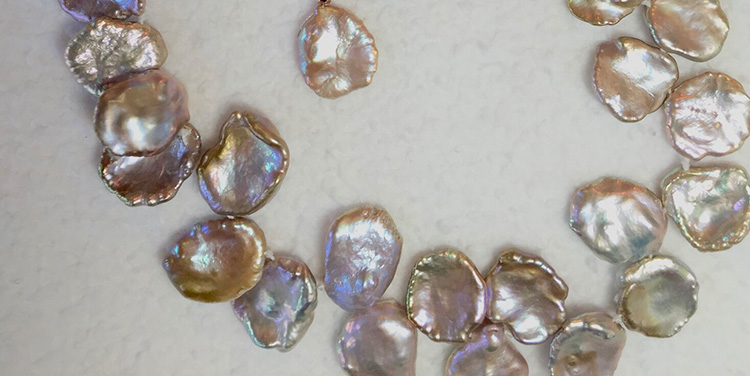
What sets these exquisite gems apart is their rare inner glow – there's nothing else quite like it.
Since they don't have nuclei dictating their size or shape, each Keshi pearl boasts its quirky shape – no cookie-cutter pears here!
When light hits them, their lustrous surfaces reflect it beautifully, often displaying shimmering colors from creamy whites to pastels.
So let us take you on a journey into the heart of this fascinating yet underappreciated wonder: the enchanting Keshi pearl – nature's art at its best!
What is a Keshi Pearl?
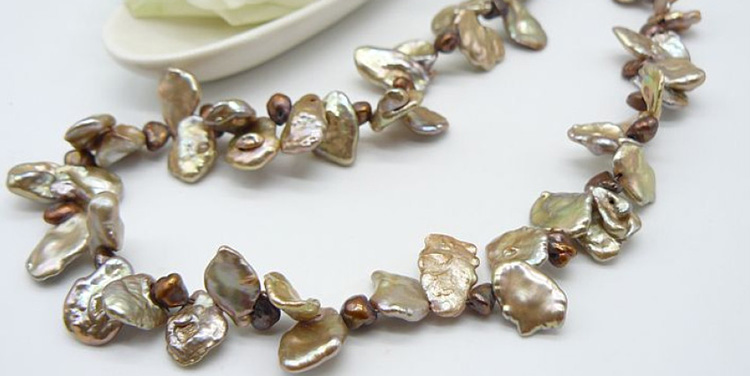
A Keshi pearl is a naturally-formed jewel that does not have any nucleus.
The term "Keshi" comes from Japan and was first used to describe pearls developed in the Akoya pearl culturing process but lacking nuclei.
These small, often grayish pearls were similar enough looking to natural pearls, according to Indian traders.

To take advantage of this market demand, arrangements began shipping these Japanese Keshi pearls to India for processing and sale.
However, over time, the use of the word "Keshi" has expanded beyond ocean pearls and now includes freshwater pearls as well.
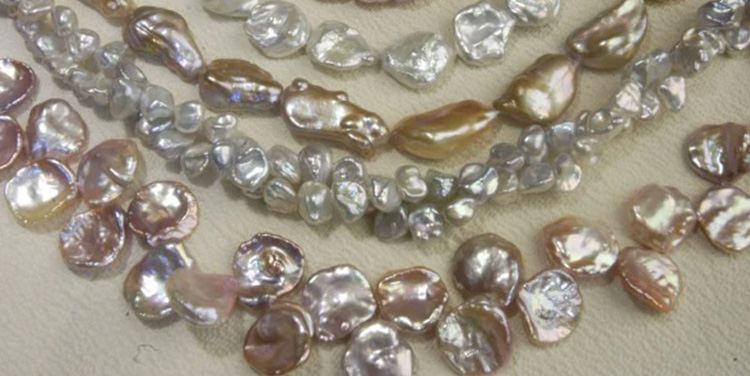
In a Chinese context, Keshi primarily refers to flat-shaped freshwater pearls harvested during a second or subsequent harvest that may be thin and lack texture compared with first-harvested freshwater gems.
It's important to note that while there might be regional differences in how the word is used, ultimately, it encompasses all cases where a pearl forms without using another nucleus.
This allows for an array of shapes, sizes, and colors, which make each Keshi gem a unique work of art created by nature itself.
The Origins of Keshi Pearls
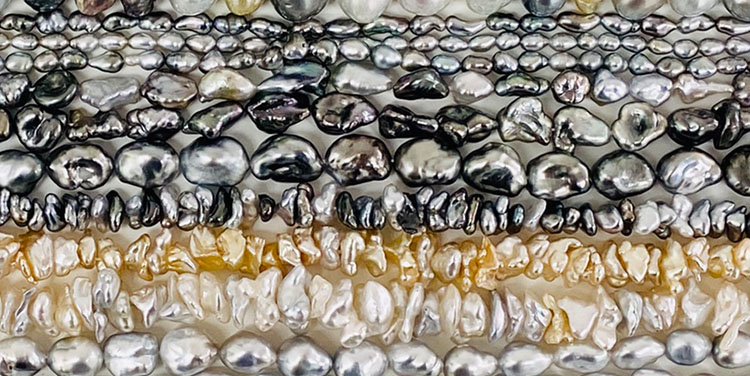
Keshi pearls are available in a few origins, and each contributes to the piece's uniqueness in growth.
One potential factor is a predator attack puncturing the shell of a pearl-producing mollusk.
The formation process is similar to that of a wild natural but tends to happen more often to captive mollusks.
The growth of Keshi pearls may also occur as a result of accidents like shell fragments being driven into the mantle tissue of a mollusk.
Keshi pearls can sometimes occur as a result of cultivation mishaps.
This takes place when the nucleus is inserted, and the mantle tissue graft that is supposed to grow into a nucleated pearl gets separated from each other, and a small Keshi pearl forms instead of a nucleated one.
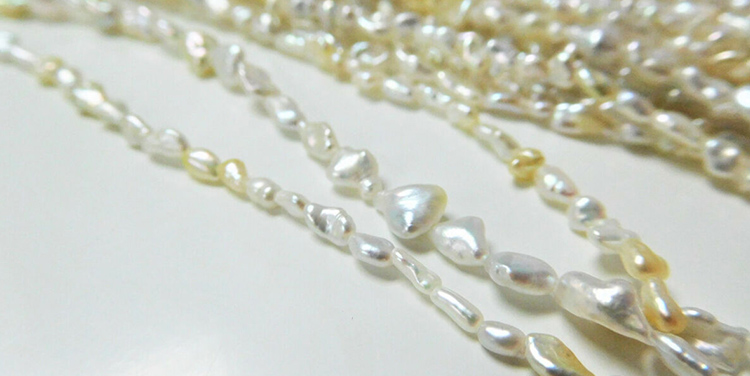
Moreover, the cultural practice of deliberate non-nucleated cultivation is still common in freshwater pearl farming and acts as another source for Keshi pearls.
Additionally, keeping freshwater mollusks with pearl sacs alive after the harvest of their first round of pearls can result in subsequent Keshi pearl growth.
It isn't easy to trace what exact reasons cause a certain Keshi pearl to grow because most of them are done through intentional cultivation.
However, it can be described as cultivated or cultured pearls.
Suppose you do not want to cause any confusion.
In that case, you must include the species of mollusk or geographic origin when using the term "Keshi pearl" to describe a naturally occurring pearl without a nucleus.
In fact, this term should not be used at all unless accompanied by appropriate provenance information.
Characteristics of Keshi Pearls

When it comes to pearls, Keshis are a whole different species. Here's what makes these extraordinary gems so…extraordinary.
Shape: Unlike symmetrical cultured or round pearls, which are both deliberately cultivated by pearl farmers, Keshi can look whatever they want.
And they usually want to look baroque–like an organic blob of pure beauty.
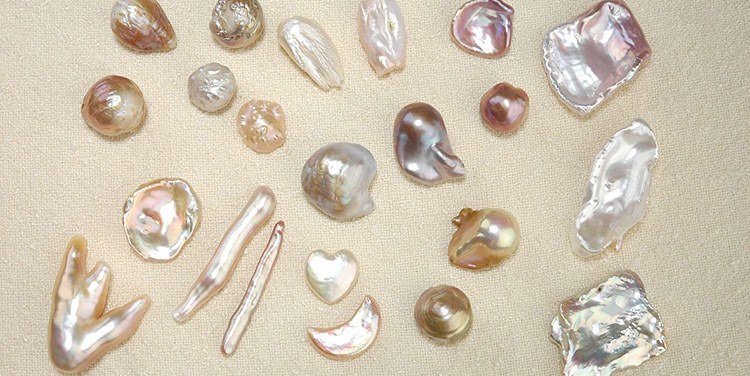
Size: Keshi tend to be small – between 2mm and 10mm in diameter – but there have been some monster ones reported, too.

Color: Expect everything from white and cream through all the shades of pink, lavender, and grey on the spectrum right up to exotic blue-green overtones that'll make you feel like Ariel from The Little Mermaid.
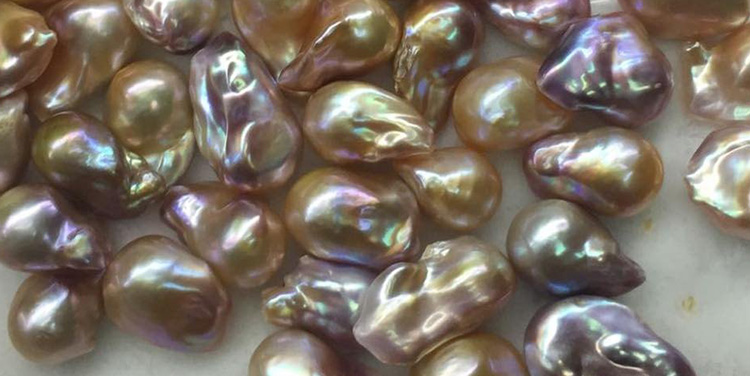
Luster: The luster of a pearl, or its reflective sheen, is one of the most important characteristics of these gems.
Thanks to their composition—layers upon layers of nacre—Keshi pearls have an intense, radiant luster.
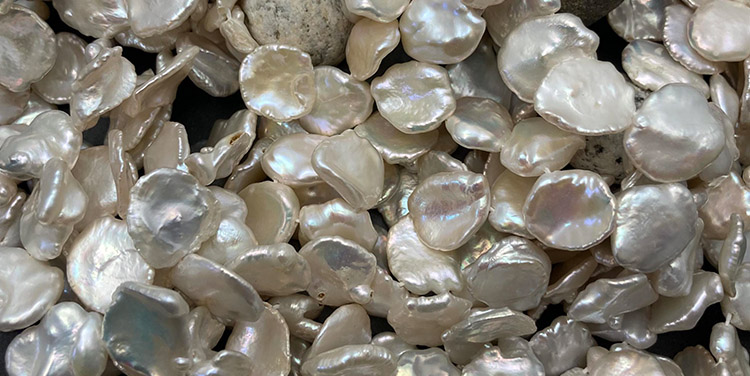
Texture: Keshi pearls can range from smooth to textured, which makes them even more appealing.
Some may have small imperfections and bumps on the surface or ridges running across it – all are signs that they are genuine and natural.
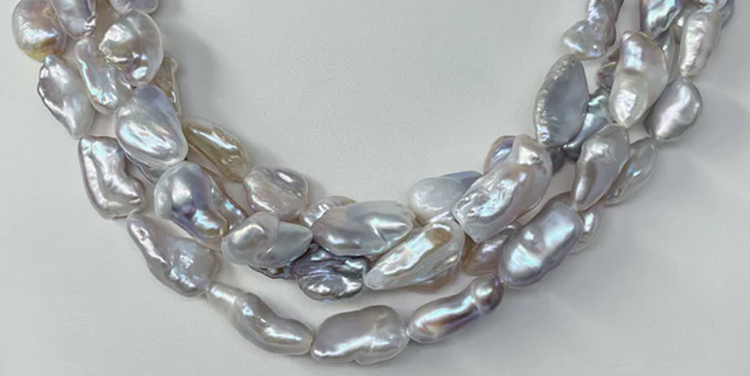
Iridescence:
Keshi pearls often exhibit strong iridescent properties – meaning that as you move them in light, their colors change (for example, moving between blue, green, and purple).
This adds extra interest to these already visually rich gems!
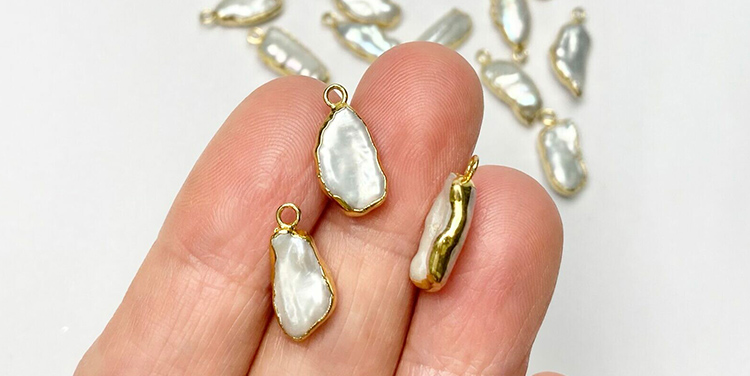
Versatility:
Because Keshis are usually quite small with irregular shapes (like baroque-shaped), they offer lots of design possibilities for jewelers who want something a bit different from standard round strands.
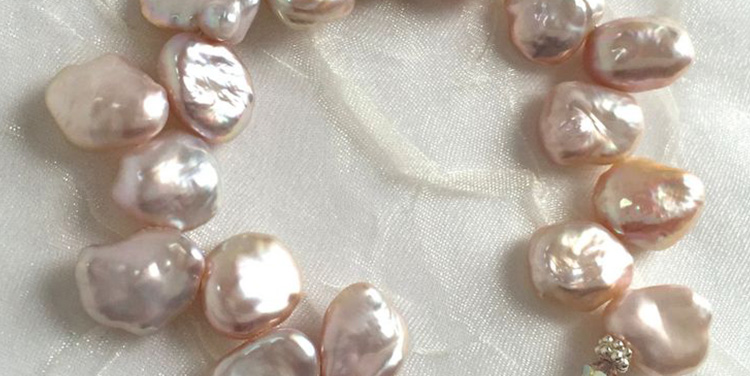
Rarity:
As we mentioned earlier (but it bears repeating), these unique pearls are made quite differently from their cultured counterparts, so expect to pay more for the privilege.
Or think of all that extra exclusivity as an investment. There's no wrong answer here!

The Value of Keshi Pearls

The value of Keshi pearls can vary based on a number of factors, including shape, size, and color.
Color
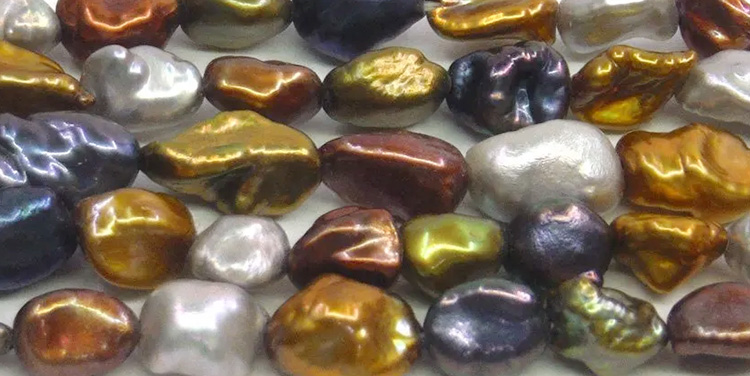
When it comes to color, the range is wide: from black Tahitian peacock pearls to white and pink freshwater pearls.
The deep saturation and greenish overtone in black Tahitian pearls are popular, while the magnificent golden hue in Australian South Sea Keshi Pearls contributes to their higher price.
Shape

Shape affects value even though Keshi pearls have no nucleus – or defined shape – inside them.
Those that are closer to round tend to be more expensive because they are rare.
Although perfect rounds exist among genuine Keshis (those without a bead nucleus), they rarely turn up.
Size
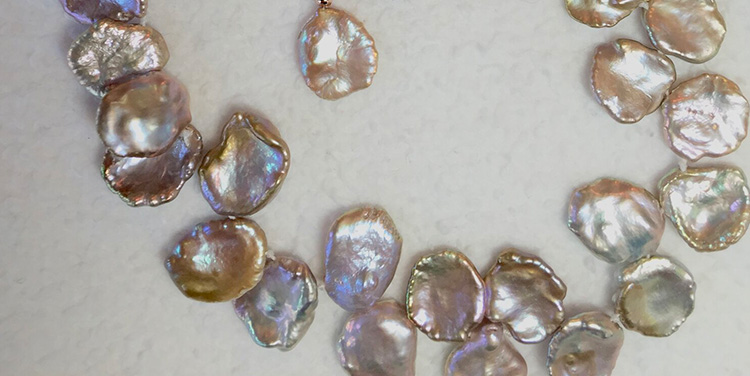
Size also has an impact on price. Generally speaking, smaller is less valuable than larger.
Australian South Sea Keshi Pearls generally command higher prices due in part to their size.
Some of the largest Keshis available are produced by silver-lipped oysters living there.
Keshi Pearls in Fashion and Jewelry Design
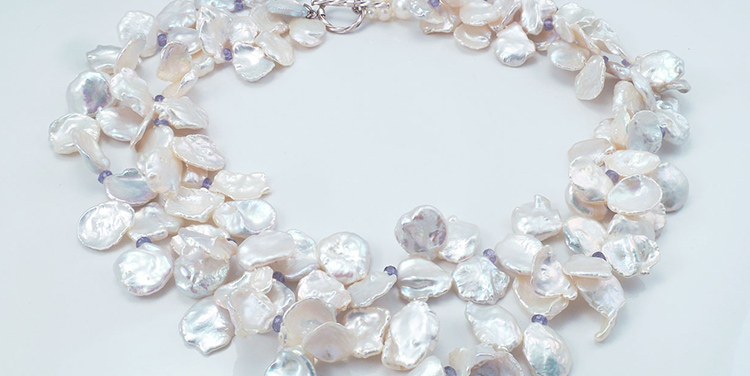
Keshi pearls have become highly desirable in the world of fashion and jewelry design for many reasons.
The organic, unusual shapes and irregular contours of Keshi pearls are perfect for designers who want to add something different and beautiful to their work.
In jewelry design, Keshi pearls are used as focal points or accents in necklaces, bracelets, earrings, rings, and more.
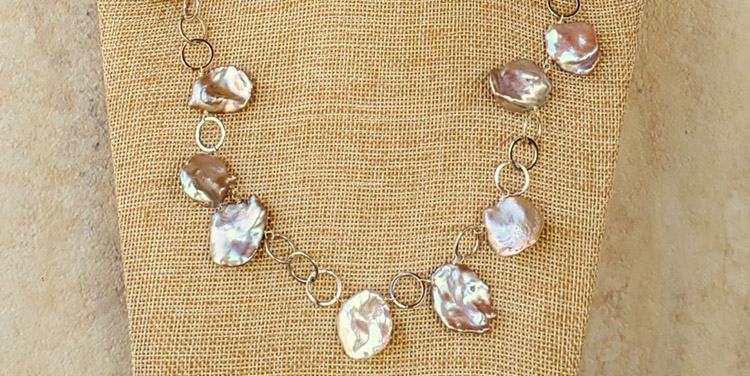
Because they're smaller than most other types of pearls, it's possible to create intricate designs with them or layer them up.
They also come in so many colors that there's lots of scope for creating completely individual pieces that suit a wide variety of styles.
When it comes to fashion accessories, Keshi pearls can bring something special to an item.
No matter whether that's being incorporated into a hairpiece, used as a brooch, or even acting as an embellishment on an item of clothing.
Their lustrous surfaces catch the light beautifully and give whatever they're added to a touch more elegance.
Keshis' popularity isn't just down to how good they look, though: ethical considerations play a part, too.
Formed without nuclei during the pearl cultivation process (or harvested from second-harvest freshwater mussels), these gems offer customers looking for responsibly sourced jewelry another option.
Caring for Keshi Pearls
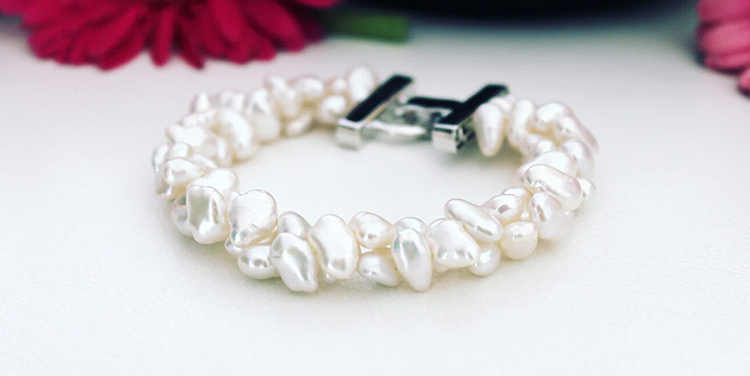
Here are a few important tips on how best to take care of your Keshi pearls that will ensure their longevity and keep them lustrous.
Say no to chemicals: The household cleansers, cosmetics, and perfumes are chemicals that can ruin your pearls.
Make sure you don't expose your Keshi-s to any such potentially harmful products.

Carefully cleanse: Your Keshi pearls should be gently wiped with a soft, damp cloth or pearl cleaning solution after each wear.
It is also not recommended to use abrasive solutions (like toothpaste), which scratch the pearl and dull the luster.
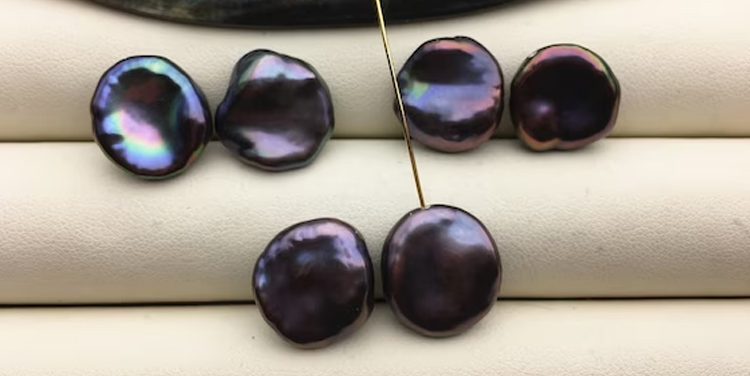
Properly store: Store in a soft pouch separate from other jewelry items so your Keshis isn't scratching or being damaged from contact with harder gemstones and metals.

Stay away from extreme conditions: Pearls do not like extremely hot or cold temperatures, direct sunlight, and fluctuating humidities!
So avoid prolonged hot or extremely cold temperatures and make sure to store it in a place where such conditions cannot be subjected to.
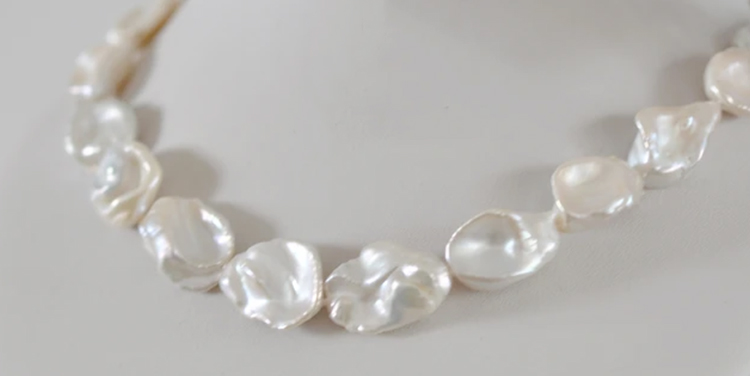
Handle with care: Treat pearls with kid gloves when putting on or removing the pearl rings and bangles so that you do not risk dropping them or knocking them against a hard surface—which might get cracked open!
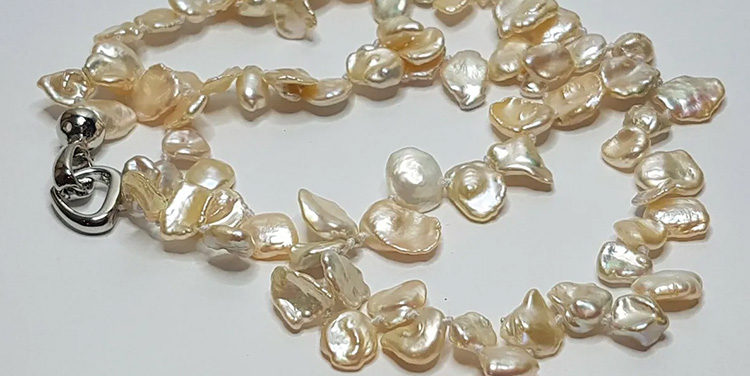
Have professional maintenance periodically: Every couple of years (sooner if you wear your pearl strands regularly), take your Keshi pearls to a professional who cleans and restrings them so that they will look their best!
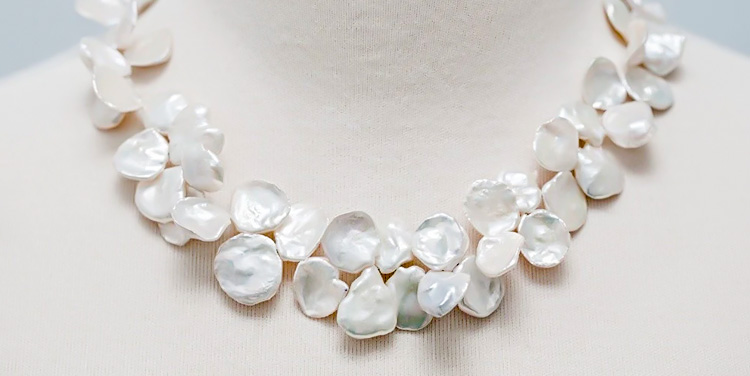
Bottom Line
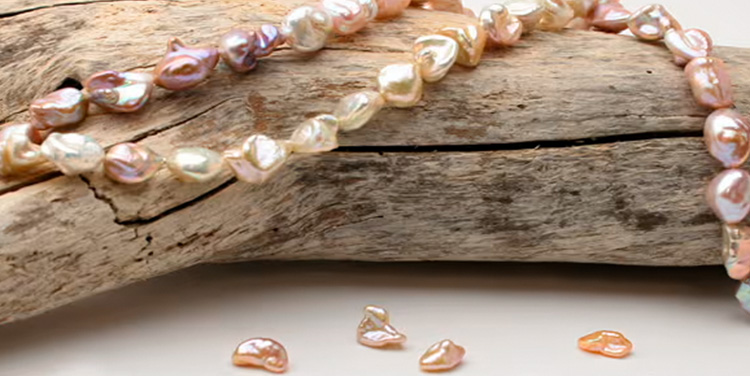
Keshi pearls are extraordinary natural treasures with origins like no other and characteristics that keep us in awe.
From the beautiful colors and shiny surfaces of these pearls to the limitless variation of shapes they furnish and the opportunities for garment designers that they afford, there is an entry into a world that is otherwise quite unfamiliar.
Whether you're a collector or someone who loves gems – never to mention someone who loves organic shapes in general, Keshi Pearls will inspire you.
Introduce individuality and elegance into your look by allowing it to capture the eye of others with this one-of-a-kind gem from nature itself!


Leave a Comment